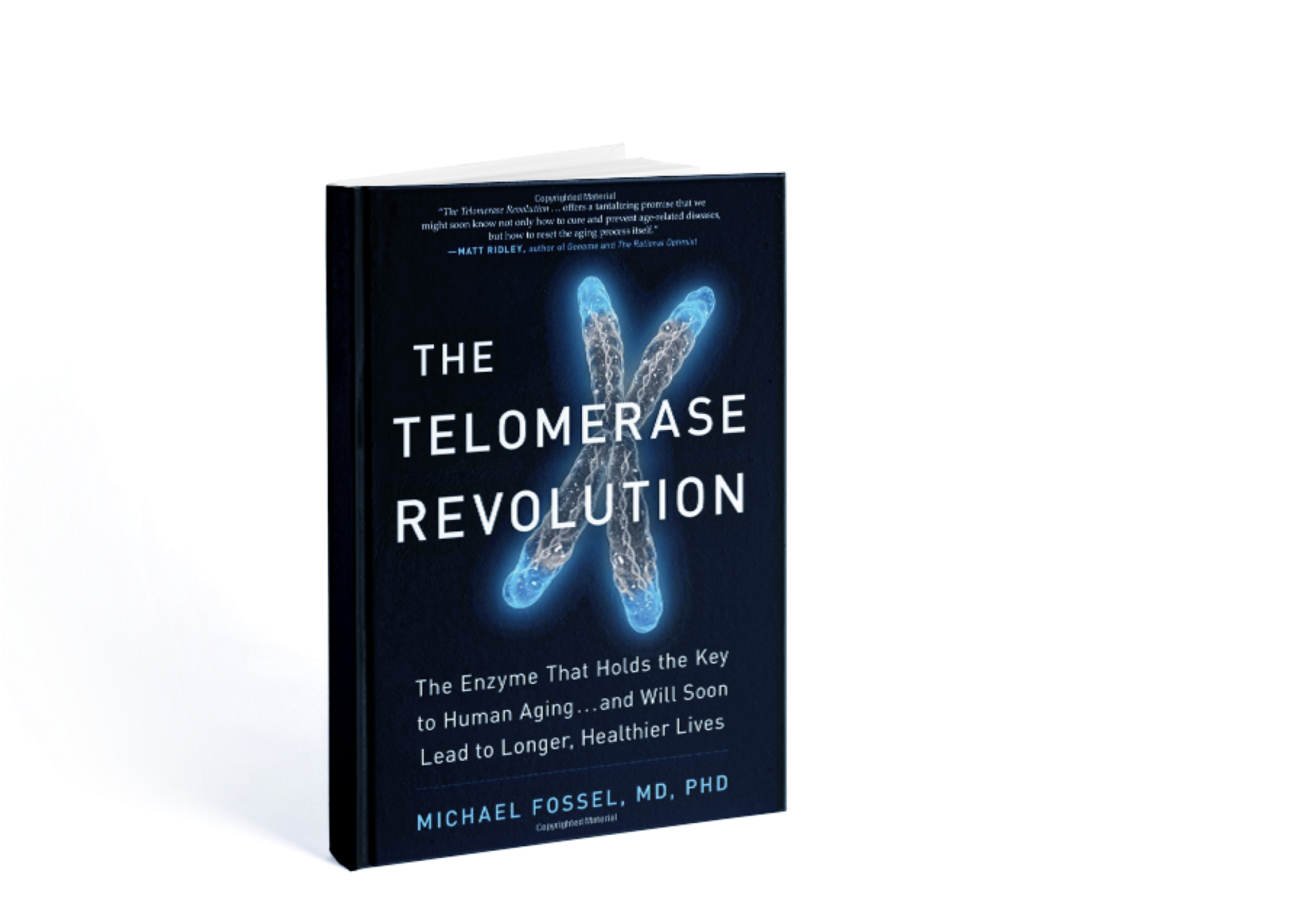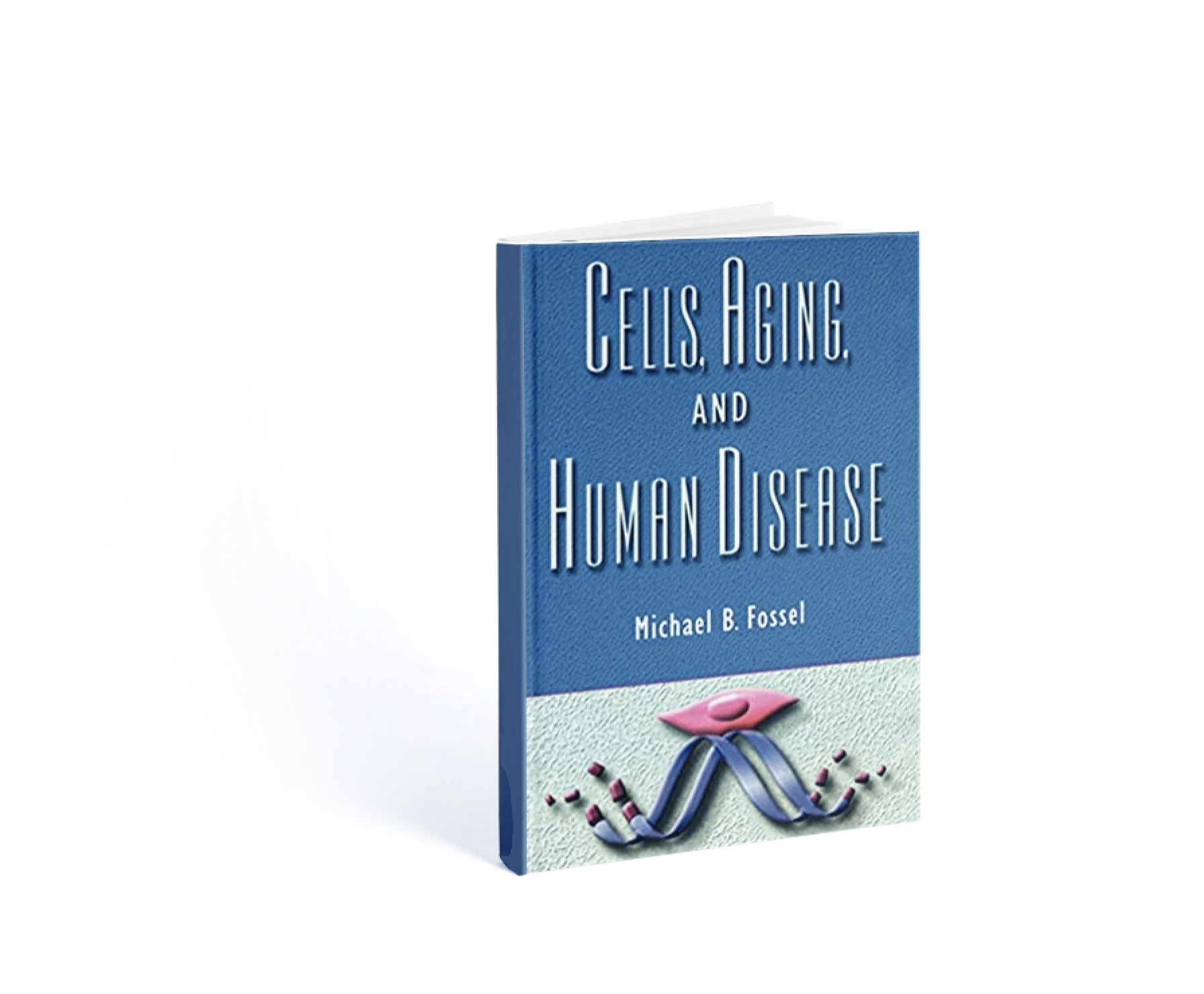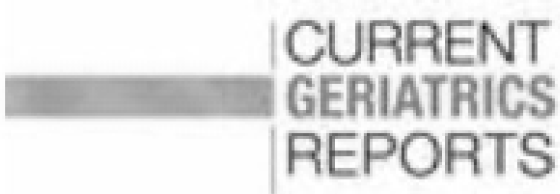2/4
How Alzheimer's works
Age-related diseases, such as Alzheimer's, are ultimately caused by cell aging. In the case of Alzheimer's disease, glial cells age over time and trigger a cascade of pathology. The glia support neurons metabolically. As glial cells divide over time, their telomeres shorten and gene expression shifts. Glia become increasingly dysfunctional and increasingly unable to deal with Beta-amyloid, tau proteins, and other molecules that require clearance. The result is not only the accumulation of amyloid plaque and the growth of tau tangles, but a gradual loss of neurons as Alzheimer's becomes a personal tragedy and – until now – a clinical enigma.
With the advent of telomerase therapy, however, we can reset gene expression, allowing cells to clear the proteins that define the pathology, and reversing the pathology before it can progress. Never before has any therapy offered the potential to not only prevent, but perhaps reverse Alzheimer's disease. In animal trials, we can not only prevent, but reverse CNS dysfunction.
Human trials will involve an injection of the telomerase gene, which will relengthen telomeres within glia and neurons and reset gene expression. The treatment requires a single injection.
Human trials will involve an injection of the telomerase gene, which will relengthen telomeres within glia and neurons and reset gene expression. The treatment requires a single injection.
CHRONOLOGIC AGE
GENETIC PREDISPOSITION
TOXINS
TRAUMA
HUPERENSION
HYPERGLYCEMIA
ABNORMAL MICROBIOME
RADIATION
STRESS/CORTISOL
HORMONAL FACTORS
INFECTIONS
SENOLYTIC THERAPY
OTHER VARIABLES
Cell Senescence
Shortened Telomeres
Altered Gene Expressions
Cell Dysfunction
Single most effective point on intervention
BETA AMYLOID PLAQUE
TAU TANGLES
ALPHA-SYNUCLEIN AGGREGATES
MITOCHONRIAL DYSFUNCTION
SLOWER DNA REPAIR
LOWER ARP/ROS RATIO
LOWER LIPID TURNOVER
POORER ROS SEQUESTATION
POORER ROS SCAVENGING
ELEVATED AGE PRODUCTS
VASCULAR ENDOTHELIUM FAILURE
INFLAMMATORY CHANGES
LIPOFUSCIN ACCUMULATION
OTHER BIOMARKERS
3/4
Bibliography

The Telomerase Revolution
Michael Fossel, MD, PhD BenBella Books, 2015
Meant for the general public, this book describes what we know about aging — and how to prevent and reverse age-related diseases using telomerase therapy. It takes the reader "to the front lines of the upcoming revolution in medicine" and gives us "a detailed but highly accessible scientific journey, providing startling insights into the nature of human aging". The Telomerase Revolution is the complete work on the latest science on human aging, covering both the theory and the clinical implications.

Cells, Aging,
and Human Disease
and Human Disease
Michael Fossel, MD,
PhD Oxford University Press, 2004
PhD Oxford University Press, 2004
Cells, Aging, and Human Disease (Oxford University Press) is the first textbook to explore aging all the way from genes to clinical application, analyzing the fundamental cellular changes which underlie human age-related disease.
Cells, Aging, and Human Disease
Michael Fossel, MD,
PhD Oxford University Press, 2004
PhD Oxford University Press, 2004
Cells, Aging, and Human Disease (Oxford University Press) is the first textbook to explore aging all the way from genes to clinical application, analyzing the fundamental cellular changes which underlie human age-related disease. With over 4,000 references, this text explores both the fundamental processes of human aging and the tissue-by-tissue pathology, detailing both breaking research and current state-of-the-art clinical interventions in aging and age-related disease.
Far from merely sharing a common onset late in the lifespan, age-related diseases are linked by fundamental common characteristics at the genetic and cellular levels. Emphasizing human cell mechanisms, the first section presents and analyzes our current knowledge of telomere biology and cell senescence. In superb academic detail, the text brings the reader up to date on telomere maintenance, telomerase dynamics, and current research on cell senescence--and the general model--cell senescence as the central component in human senescence and cancer. For each human malignancy, the chapter reviews and analyzes all available data on telomeres and telomerase, as well as summarizing current work on their clinical application in both diagnosis and cancer therapy.
The second edition, oriented by organs and tissues, explores the actual physiological impact of cell senescence and aging on clinical disease. After a summary of the literature on early aging syndromes--the progerias--the text reviews aging diseases (Alzheimer's dementia, osteoarthritis, atherosclerosis, immune aging, presbyopia, sarcopenia, etc.) in the context of the tissues in which they occur. Each of the ten clinical chapters--skin, cardiovascular system, bone and joints, hematopoietic and immune systems, endocrine, CNS, renal, muscle, GI, and eyes--examines what we know of their pathology, the role of cell senescence, and medical interventions, both current and potential.
Far from merely sharing a common onset late in the lifespan, age-related diseases are linked by fundamental common characteristics at the genetic and cellular levels. Emphasizing human cell mechanisms, the first section presents and analyzes our current knowledge of telomere biology and cell senescence. In superb academic detail, the text brings the reader up to date on telomere maintenance, telomerase dynamics, and current research on cell senescence--and the general model--cell senescence as the central component in human senescence and cancer. For each human malignancy, the chapter reviews and analyzes all available data on telomeres and telomerase, as well as summarizing current work on their clinical application in both diagnosis and cancer therapy.
The second edition, oriented by organs and tissues, explores the actual physiological impact of cell senescence and aging on clinical disease. After a summary of the literature on early aging syndromes--the progerias--the text reviews aging diseases (Alzheimer's dementia, osteoarthritis, atherosclerosis, immune aging, presbyopia, sarcopenia, etc.) in the context of the tissues in which they occur. Each of the ten clinical chapters--skin, cardiovascular system, bone and joints, hematopoietic and immune systems, endocrine, CNS, renal, muscle, GI, and eyes--examines what we know of their pathology, the role of cell senescence, and medical interventions, both current and potential.
4/4
Scientific Articles
This article reviews the role of telomeres in age-related disease and discusses the potential of telomere-base clinical interventions.
This article reviews the role of cell senescence in age-related disease and discusses the risk of senolytic-based therapies.
This article in PLOS Genetics shows that telomerase activation using AAV9 vectors and telomerase gene is not necessarily associated with increased cancer...
A key article by our chief collaborator, showing that we can use TEL1 to improve behavioral decline and improve CNS function.
An article showing the ability of telomerase to reverse behavioral changes as well as cell and anatomic age-related changes in the CNS.
An article showing the ability of telomerase to reverse behavioral changes as well as cell and anatomic age-related changes in the CNS.
Fossel, JAMA 1998. The first article detailing the techniques and propose their use in curing Alzheimer's and other age-related disease.
Fossel, Curr Tran Geriatr Gerontol Rep 2012. This article explains why telomere length can drive disease, yet the naïve use of telomeres as a biomarker can be difficult, if not actually misleading.
Fossel M. Effective clinical intervention requires an understanding of disease processes. This article reviews the requirements for a model and its clinical implications.









This article reviews the role of telomeres in age-related disease and discusses the potential of telomere-base clinical interventions.

Fossel M, Whittemore K. This review defines the complex relationship between telomerase, telomere length, and the risk of carcinogenesis. Data suggest that telomerase therapy may well prove protective in clinical trials.



